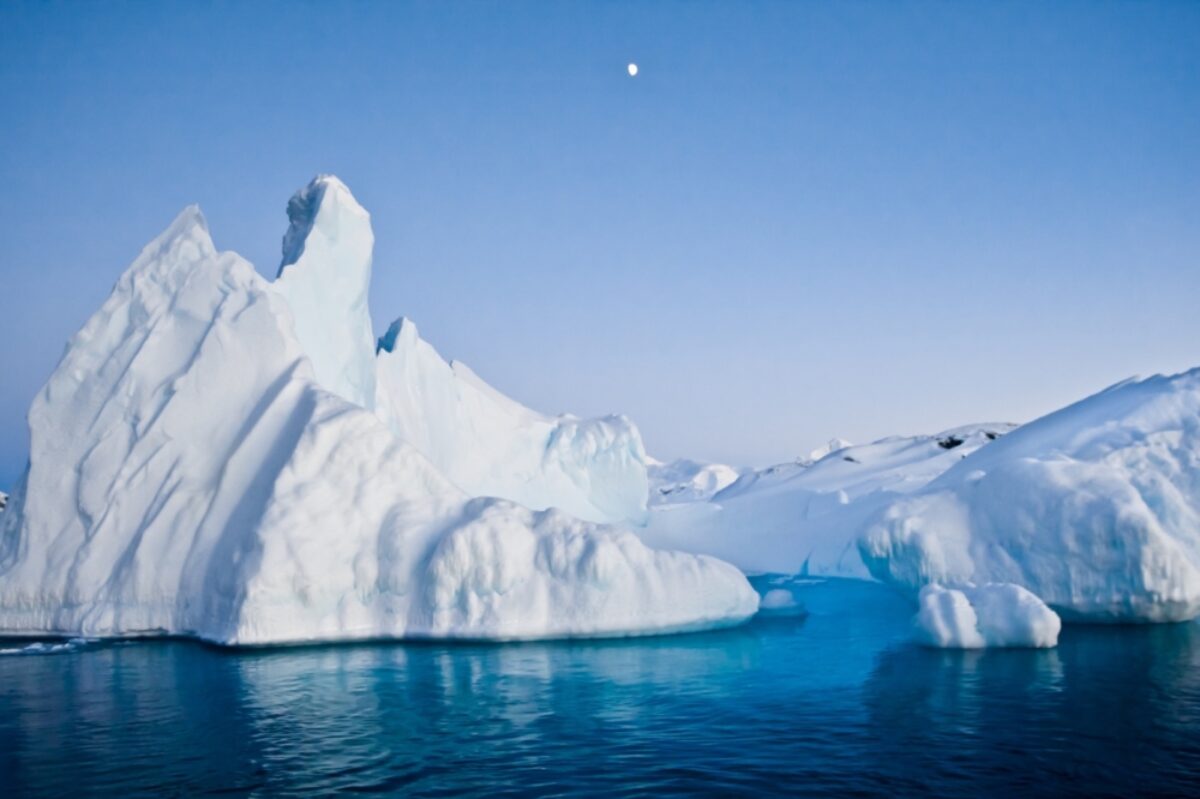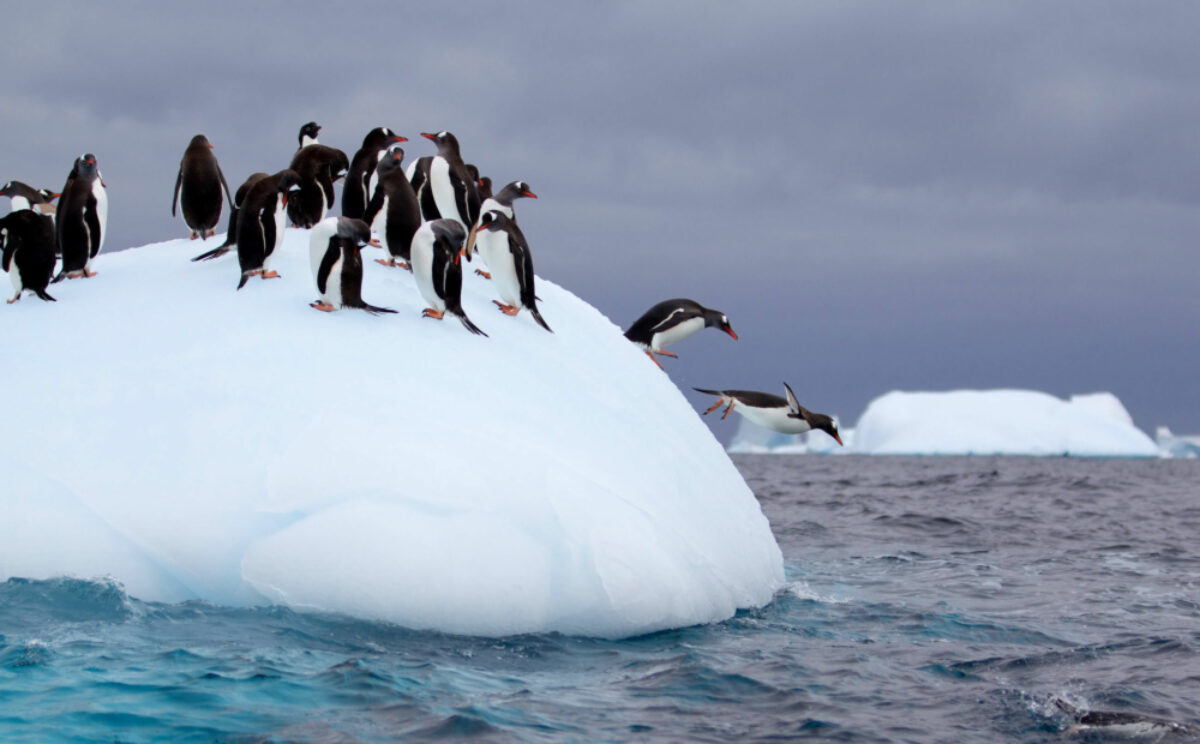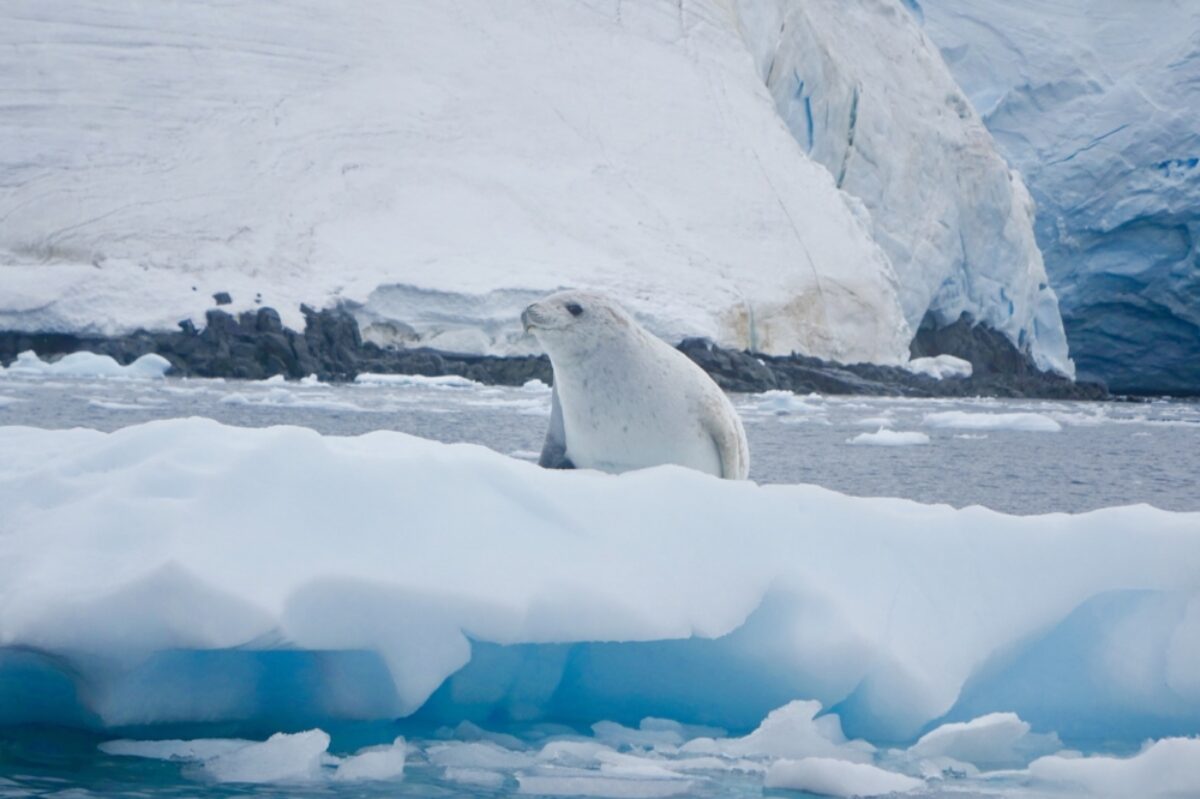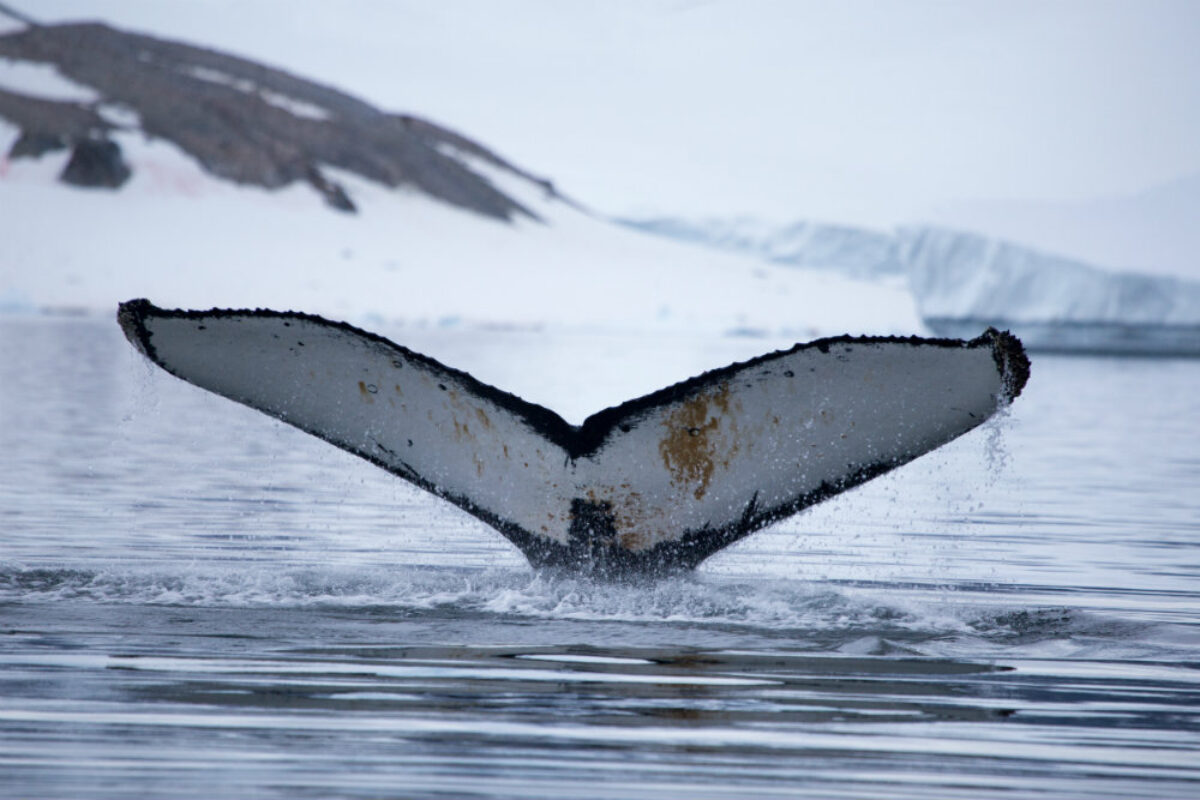History and climate change
Dealing with the impact of global warming on the White Continent
A brief history of Antarctica
The first explorers who came into contact with what would become known as Antarctica are thought to have been Polynesian. According to oral histories from Pacific Islanders, around 650AD they first encountered Antarctic sea ice. Europeans wouldn’t make the discovery until almost 1,000 years later. In 1559 Dutchman Dirck Gerritsz became the first to see land in the vicinity of the South Shetland Islands when his vessel was blown off course.
For the next two centuries, Spanish, Portuguese, Dutch, English and French navigators venturing south of Cape Horn described the “ice islands” of South America. But it was that intrepid explorer James Cook, who circumnavigated Antarctica from 1772 to 1775 and declared land over the South Pole, whose discoveries effectively established Antarctica as a continent.
Russian Fabian Gottlieb von Bellingshausen is believed to have been the first explorer to actually spot an ice shelf on land. That was in January 1820, and a year later, a party from a US sealing vessel is thought to have made the first landing on the Antarctic continent, at Hughes Bay on the northern tip of the Antarctic Peninsula. Their reports encouraged more and more explorers and commercial vessels to try their luck on the White Continent, but none was able to penetrate the interior.
The descriptions of large numbers of whales and seals in the Southern Ocean from Cook and others who followed in his wake spurred a wave of voyagers to Antarctica in the 19th century. Driven by the high demand for oil from marine animals like whales, and the demand for pelts from fur seals, large numbers of European and North American sealer gangs pursued their bloody trade in Antarctica from the 1820s.
Over the next 75 years, tens of thousands — perhaps even millions — of Antarctic seals were slaughtered, mainly for their fur.
Exploring the interior had to wait — and it wasn’t until the beginning of the 20th century that the most famous explorations of the continent took place. The dramatic and ultimately tragic race to the South Pole between British naval officer Robert Falcon Scott and Norwegian explorer Roald Amundsen in late 1911 captured the public’s imagination. Amundsen got there first, on December 19, after a two-month journey with four companions and a team of 52 sled dogs.
Scott and his team arrived 33 days later, on January 17, 1912. But on the return trip, bitterly disappointed, exhausted, out of supplies, and caught in dreadful weather, he and his team all died in their tents. The Amundsen—Scott South Pole Station was later named in honour of the two explorers.
Other famous explorations followed, including the Imperial Trans-Antarctic Expedition of 1914-1917 by Ernest Shackleton, an attempt to cross the continent via the South Pole. His ship, the Endurance, became trapped by sea ice and the dreadful hardships and inspiring adventures of the crew as they tried to escape is possibly one of the most thrilling stories in Antarctic history.
Teams from countries around the world continued exploring Antarctica in the first half of the 20th century, some looking for fame, others to carry out research. Women were not allowed to explore Antarctica until the 1950s, but Norwegian Ingrid Christensen made four trips to the continent with her husband on the ship Thorshavn in the 1930s, becoming the first woman to see Antarctica, the first to fly over it, and — arguably — the first woman to land on it. After the Second World War, a number of nations established bases on the continent which allowed for continuing national expeditions. Though several countries had overlapping territorial claims, the negotiation of the Antarctic Treaty in 1959 created a way for them to work together.
Exploration continues in Antarctica, though now it’s predominantly research into the flora and fauna of the continent — scientific discoveries rather than territorial ones. However, there are still “firsts” being achieved, like Norwegian Børge Ousland’s first unassisted Antarctic solo crossing in January 1997. This vast and fragile area is slowly giving up its secrets, but there are still plenty of questions to be answered and breakthroughs to be made.

The Antarctic Treaty
It’s unusually brief, but the Antarctic Treaty has been hailed as one of the most successful international agreements ever signed.
The Treaty, with just 14 articles, was signed in 1959 by 12 countries, including the US, the UK and the then USSR. The 12 had been active in and around Antarctica in 1957-58. Since then, many more countries have signed up to the Treaty. There are now 52 signatories including China, most of Europe, Canada and North Korea.
Under the terms of this unique agreement, the signatories agree to consult each other on the uses of the continent and are committed to not allowing it to become part of any international discord. The Treaty parties refer to Antarctica as “a natural reserve, devoted to peace and science”. The Treaty cements international cooperation which it says, “accords with the interests of science and the progress of all mankind”.
Among the most important provisions of the groundbreaking Treaty are:
Antarctica shall be used for peaceful purposes only (Article 1).
Freedom of scientific investigation in Antarctica and cooperation toward that end … shall continue (Article 2).
Scientific observations and results from Antarctica shall be exchanged and made freely available (Article 3).
The Treaty not only ensures international scientific cooperation, but it also addresses countries’ territorial claims. No activities can be taken as a claim to territorial sovereignty, and while the Treaty is in force, no new claim for territory can be asserted.
The Treaty also protects Antarctica as a nuclear-free zone. There can be no nuclear explosions there, and no disposing of radioactive waste.
A system of inspections is built into the Treaty to make sure that all the signatories comply.
Since the original signing other measures and protocols have been added. The Agreed Measures for the Conservation of Antarctic Fauna and Flora in 1964, for example, recognises the scientific importance of studying the continent’s plants and animals, but because of their uniqueness, lays down measures to protect them and ensure their “rational” use.
In 1991, the adoption of the Protocol on Environmental Protection designated Antarctica as a natural reserve, “devoted to peace and science” and it prohibits all activities relating to Antarctic mineral resources, except for scientific research.
And when Antarctica began to be seen as a tourist destination, the Antarctic Treaty Consultative Meeting (ATCM) established guidelines governing tourism. They include limiting the areas open to tourists, and regulating how they should act once they get there, to ensure they cause no damage to the environment or to any scientific work being done. And tour operators must submit reports of their visits.
The Antarctic Treaty is still in effect, and the signatories meet annually. It will, undoubtedly, continue to be adapted as new concerns are raised over how best to protect this unique and incredibly valuable part of the world.

Maintaining Antarctica’s eco-system
For nearly 60 years, official guidelines have controlled exactly what individuals and countries can do in Antarctica, in order to protect and conserve this remarkable place.
The guidelines, part of the Antarctic Treaty, provide general advice for travelling to any part of the continent. The aim is to ensure that visitors do not harm the environment. There are also guidelines specifically for some parts of the continent that you might visit, but your guide will explain those to you before you get onshore.
You can minimise your environmental impact on visiting Antarctica by familiarising yourself with and abiding by the guidelines below. If in doubt, check with your tour guide.
Protect wildlife
It should go without saying, but the old mantra of “take only pictures and leave only footprints” is doubly important in Antarctica. The vegetation that you’ll encounter, including mosses and lichens, is fragile. Do not damage vegetation by walking on moss beds or lichen-covered rocks. You’ll be doing most of your travel on foot, so be sure to stay on established tracks whenever possible. If there isn’t a track, take the most direct route and avoid vegetation, fragile terrain, scree slopes and wildlife.
Treat all wildlife with respect. Move slowly and quietly so as not to disturb them and always give them the right of way. Be sure not to block their access to the sea. Think about it this way: You’re visiting their home and just as you would do in any new situation, follow their lead. Don’t get too close — keep at least five metres away — and watch out for their reaction to your presence.
Perhaps one of the most harmful things to the Antarctic environment is the introduction of non-native species. To make sure you don’t bring in any plant or animal life — or even disease — carefully clean your boots and all your equipment, including clothes, bags, tripods, tents and walking sticks, before bringing them to Antarctica. Pay particular attention to boot treads, velcro fastenings and pockets which could contain soil or seeds. Your guides may vacuum out pockets or cuffs in your pants before you disembark.
The transfer of species and disease between locations in Antarctica is also a concern, so be sure that all clothing and equipment is cleaned before moving between sites. Your ship will have cleaning stations for your boots before you leave and for your return.
Respect protected areas
There are many historic sites on Antarctica and they should be respected. Do not interfere with, deface or vandalise any historic site, monument, artefact, or other building or emergency refuge. You might spot something of historic value that the authorities are not even aware of. Do not disturb it. Instead, tell your expedition leader or the national authorities.
Before entering any historic structure, clean your boots of snow and grit and remove snow and water from clothes as these can cause damage, and watch your step. There may be artefacts that are obscured by snow when you’re exploring historic sites.
Keep Antarctica pristine
Most of these regulations and guidelines should be fairly obvious. Your expedition leaders will ensure that you are familiar with them and that you how to behave before you disembark. However, it can all be boiled down to this: Antarctica is relatively pristine. It is the largest wilderness area on earth and we’d all like to keep it as nice as we found it. Remember the golden rule: Leave no trace of your visit.

Threats and conservation
Professor Peter Convey
Antarctica, the icy, white giant at the southern end of the world, seems as if it will slumber unchanged forever. But that’s far from the truth. Antarctica, like so many parts of the world, faces constant change as outside forces exert their will, consciously and unconsciously.
I have been studying the polar regions for nearly three decades and am particularly interested in an important but often overlooked element of the Antarctic ecosystem — the small plants and tiny invertebrates that live in the water and on the ground.
Things like mosses, lichens, mites and tardigrades may not be as photogenic as the mammals and birds that we see in photos. But they are in fact critically important to the Antarctic ecosystem, and offer important signals for conservation in the continent.
Although climate change gets a lot of press (and it certainly affects Antarctica), it actually isn’t the major threat to land-based ecosystems.
There are two limits on terrestrial (land-based) biology — low temperatures, which limit energy, and the lack of liquid water. Climate change, in the areas where it is occurring, is lowering these limits, causing warmer temperatures in the summer and longer thawing seasons with more liquid water.
This means that native terrestrial plants and animals will generally face less restrictive constraints, and will benefit from these changes. You see larger populations, more growth within a given summer, and increased areas of habitat occupied. And ice retreat makes yet more habitat available.
At the micro scale at which these organisms live, they already experience wide variation on a daily basis — the scale of that variation is much greater than the overall climate warming trend.
The picture is quite different in the marine ecosystem. In contrast with that on land, life in the Southern Ocean is abundant and diverse.
Perhaps the largest physical difference is the thermal stability of the marine environment, often varying a couple of degrees or less over the annual cycle. This means some native organisms are unable to cope with even small changes in temperature. Such organisms, which often do not have the option of ‘moving somewhere else’ to avoid warming, appear to be very vulnerable to the expected temperature changes.
Furthermore, this ocean is the most immediately vulnerable of the world’s oceans to the effects of acidification — while the implications of this for shell-building organisms remains under intense debate, short-term experiments show evidence that acidification does lead to damage to these organisms, especially to early juvenile stages.
Although the picture is complicated, one thing is for sure: Humans are the greatest threat to conservation in Antarctica.
As more and more people visit the continent, there is more opportunity for new species to travel there too, riding along on the soles of boots or falling from backpacks and pockets. Though new species can arrive naturally, current data suggests that it is 100 times more likely for new species to travel to Antarctica with human help. The risk of invasions is also clear for the Antarctic marine environment, although with far fewer documented occurrences.
And this is where a changing climate can have an impact. As the climate gets less extreme, an ever greater proportion of invasive species will be able to survive in Antarctica.
These new species can outcompete and replace native Antarctic ones, which have not evolved to deal with such competition.
Along with bringing non-native species, humans are also responsible for damaging the continent, both deliberately and inadvertently — from trampling a patch of moss, which can take decades to recover, to something more complex such as building a new research station, which can destroy habitats.
But this does not mean that the continent’s future is entirely bleak. There is a great deal of momentum and interest in the Antarctic science community, and in the Scientific Committee for Antarctic Research and the Antarctic Treaty System (ATS), in developing robust and effective approaches that deliver conservation.
On an individual level, visitors to the White Continent can help ensure the health of Antarctica by following the guidelines laid out by the ATS. These include staying on established tracks to help minimize the impact to the soil and vegetation, respecting wildlife, and taking measures to avoid the introduction of non-native species.





